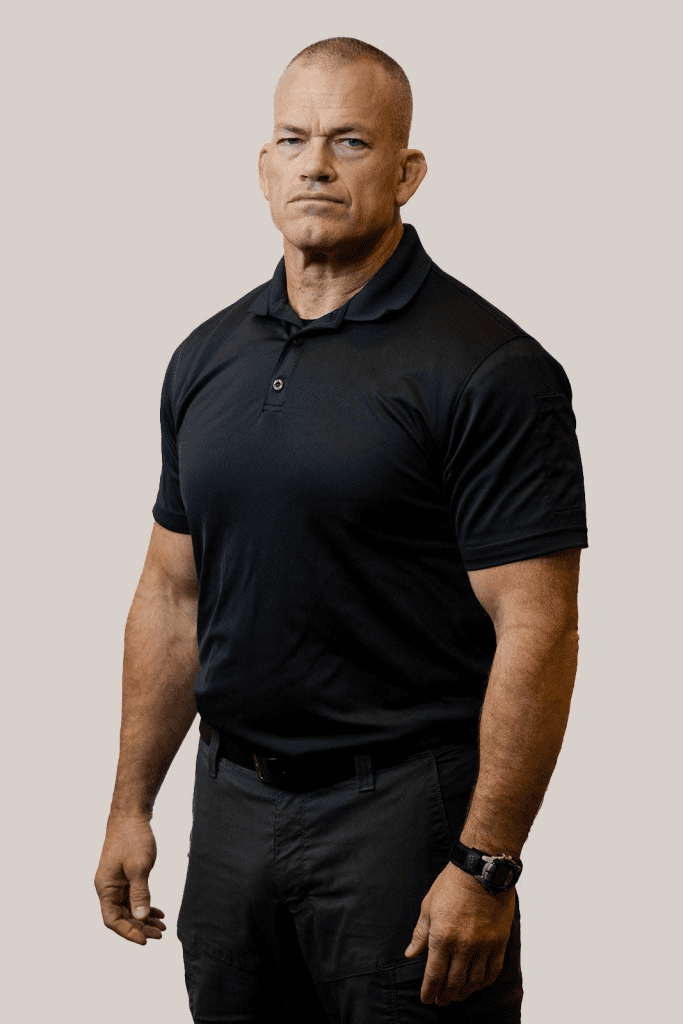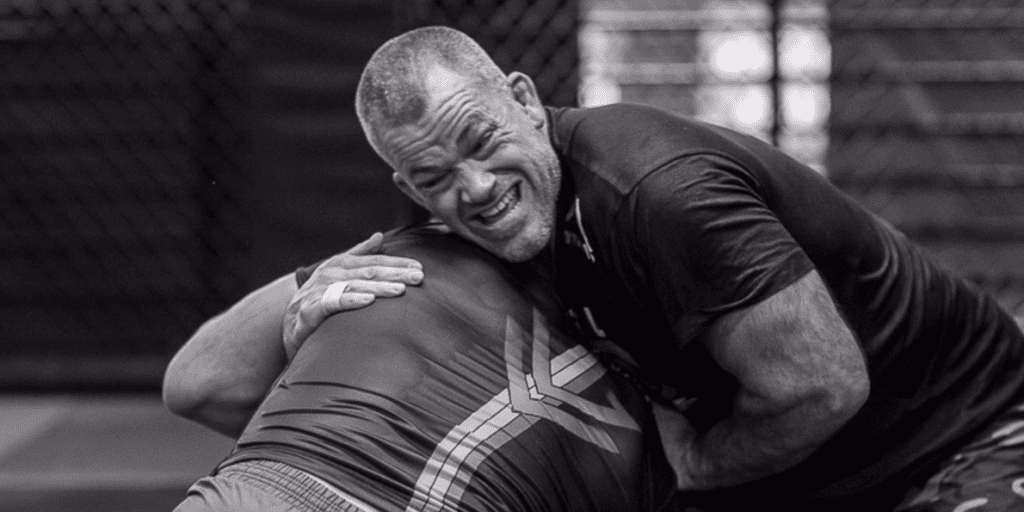
- Jocko Willink, a retired Navy SEAL and Brazilian jiujitsu black belt, works out up to three hours a day.
- He varies his exercises to stay healthy long-term and avoid having any athletic weaknesses.
- Push-ups, squats, and rucking are part of his routine for overall strength and stamina.
Whether you want to build muscle, burn fat, or live longer, some of the simplest exercises are the best place to start, the retired Navy SEAL Jocko Willink says.
Willink, a black belt in Brazilian jiujitsu, wakes up at 4:30 a.m. every day to work out for up to three hours. He varies the exercises to avoid having any major weaknesses as an athlete and, more importantly, to keep him ready for any challenge life throws at him.
“There is no more important strategic goal in our lives than staying healthy,” he told Business Insider.
While he has a massive garage gym, Willink said the most tried-and-true exercises require minimal equipment.
Movements such as pull-ups, squats, sprints, and rucking (carrying weight) can help you put in the work without overcomplicating your workouts. The latest research also suggests that the benefits of these movements — getting stronger, improving your resilience, and boosting heart health — can help you live longer, too.
“Going back to the basics and doing things that have been used for decades is a solid way to go,” Willink said. “You can never go wrong with those.”

Bodyweight exercises can build strength and muscle without a gym
For getting stronger and more muscular, it’s hard to beat bodyweight movements such as pull-ups, push-ups, and dips, Willink said.
They work the major muscle groups in the upper body and core, improve stability, and don’t require much equipment beyond a bar or bench.
Do enough of them, and you can also raise your heart rate enough to get some cardio benefits.
Scaling exercises such as push-ups to make them easier can help you get the benefits even as a fitness beginner. And if you’re still working up to your first pull-up, starter movements such as eccentrics can help you get there.
Squats are key for a strong lower body
For stronger legs and overall fitness, squats have big benefits: building your glutes, hamstrings and quads, strengthening your core, and improving stability.
Willink said he does squats for better mobility, too, since using a full range of motion can help keep joints such as the hips, knees, and ankles strong and healthy.
“When I squat, I’m squatting all the way down,” he said.
Burpees offer a quick workout on the go
Willink said he travels quite a bit but doesn’t slack off on the road; he’ll wake up and hit 100 burpees in his hotel room if necessary.
“There are definitely days that I try to figure out a way to just move. You’ve got to do some minimum work,” he said.
Burpees offer a total-body workout for explosiveness and endurance in just a few minutes.
If you hate them, lean into it; it pays to put your ego aside and work on your weaknesses, Willink said.
“One of the key components here is that what we need to do as people is watch out for the things you don’t like doing,” he said.
Sprint intervals can boost your explosive power and cardio
Willink said he incorporates running, rowing, swimming, and other cardio into his workouts, but not only as long, steady endurance sessions.
He also repeats short, explosive efforts to keep his skillset as versatile as possible.
“I want to be able to do a bunch of different things, but at the same time, I don’t want to lose a movement or an area where I’m ridiculously weak,” he said. “But if I would go to extremes and become a marathon runner, I’d be smaller and lighter, and my ability to do jiujitsu would be weaker.”
Rucking offers full-body benefits
Willink is a big fan of a military-based exercise called rucking, which involves walking, hiking, or running with a weighted back.
Rucking has become a hot fitness trend outside the military for people who want to build muscle, burn fat, and improve their stamina all at once.
He uses a 75- to 85-pound pack, but you don’t need to go that heavy to start rucking. An ordinary backpack with books, water bottles, or a similar weight can work.
Willink said he was glad to see the exercise getting more popular since it taps into a basic human movement and a mindset of tackling challenges.
“You’re going to experience some suffering, and you have to push through it,” he said. “It’s hard, but it’s meditative. You don’t have to think about it. It’s the simplest movement that humans do.”


